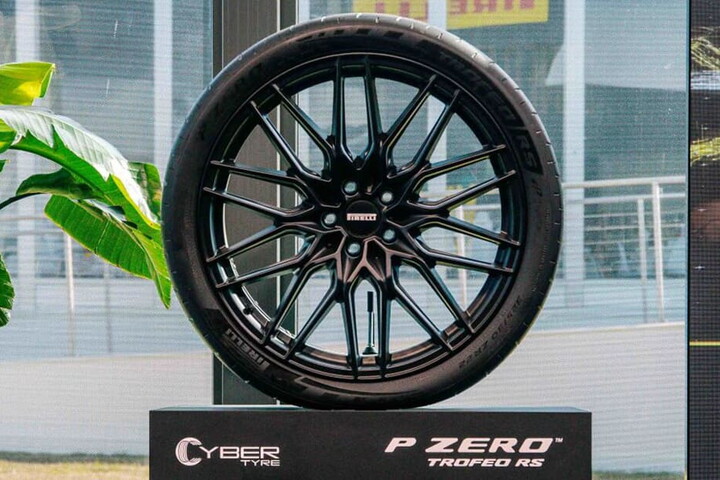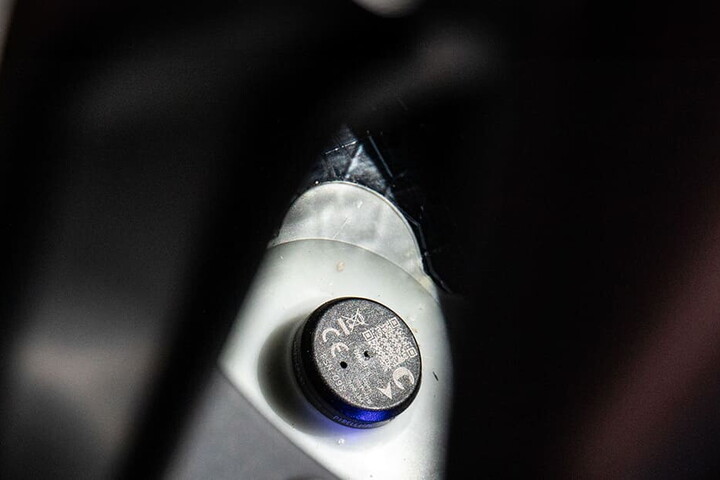Pokemon Go was not just the biggest trend of last summer; the most significant aspect of the game developed by Niantic was probably another: it gave us a glimpse of the future world where augmented reality will not only be a technology used for fun, but a normal part of our lives. “Pokemon Go is just one of the first examples,” confirms Alberto Sangiovanni-Vincentelli, Professor at Berkley University. “Interaction with augmented reality will not longer take place through the keyboard of a computer or smartphone, because we will be directly immersed in the network.”
Expanding on the same example, Pokemon will no longer appear on smartphone screens but directly in the environment we see, thanks to devices that will be increasingly integrated with our bodies. Although Google Glass did not achieve the success expected, this does not mean the idea was wrong but more likely that we were not ready yet. Plus on an experimental level, the integration of body and technology is already much further along: “The first experiments that inserted brain chips for health and IT purposes date back about ten years,” Sangiovanni-Vincentelli reminds us.

One of the most promising initiatives, sponsored directly by the US government, is the Brain Initiative, which aims to discover how the brain works and how it stores and recovers information. For now all applications are limited to the medical field but in the future these brain implants might also help us to learn math faster or to insert knowledge directly in the brain without having to study.
“In the future, the cyber world will become more and more connected to the biological world,” explains Sangiovanni-Vincentelli. “This will not only apply for our bodies, but for all aspects of reality.” The forecast is hard to mistake: cities will incorporate the cyber world to become smart cities, cars will be self-driving and industry will become “Industry 4.0”, where the importance of machine automation and communication will continue to grow.
“We will use 3D printers to shape the different parts of machines and robots with vision sensors for proper assembly. Thanks to machine learning and big data these machines will learn what they have to do, even communicating with one another,” explains the Professor. The goal that unites all of these innovations, besides high technological content and the decisive role of Internet, is the search for greater efficiency; which will enable cars to avoid accidents, industry to increase competitiveness on the global market and cities to be more efficient and to minimize waste.

From this perspective, one of the most concrete examples regards the opportunity to minimise water loss in aqueduct pipes: “A study showed that in parts of Canada up to 40% of water is lost: it is easy to assume that the situation is no better in Italy,” Vincentelli explains. “Soon, however, we will be able to use robots to navigate the pipes with the water and find out where the leaks are, thus minimizing water loss.”
Meanwhile, in cities, cars equipped with sensors that continuously transmit their location will make it possible to monitor traffic in real time and take prompt action to avoid traffic jams. And not only: when cars will communicate with one another, traffic lights may no longer be necessary since the cars themselves will understand when to cross the street, behaving exactly like pedestrians. These innovations could make the hours we spend sitting in traffic a thing of the past.
The objects connected to the Internet of Things and big data that make cars more and more intelligent will therefore become a constant in our lives. Yet these scenarios also raise concerns among those who believe that a Blade Runner future is inevitable, fearing that the machines may rebel against their creators: “That is just science fiction,” says Vincentelli. “Even true artificial intelligence is an extremely distant reality at the moment, and we are still not sure it will actually happen. So to think of machine uprising against mankind is absurd.”
This does not mean our security should be anything less than a top priority: living in a fully networked environment gives rise to complexities that need to be seriously addressed. The recent boom in the cyber security industry and the great attention to privacy show how these aspects are becoming increasingly important: “When self-driving cars will be released on the market, it will be critical for the controlling software to be free of bugs and the US government, for example, has promised to work on this,” adds Sangiovanni-Vincentelli. The potential of technology and information technology is enormous and promises us a better world to live in: it is man's job to make sure this happens.




